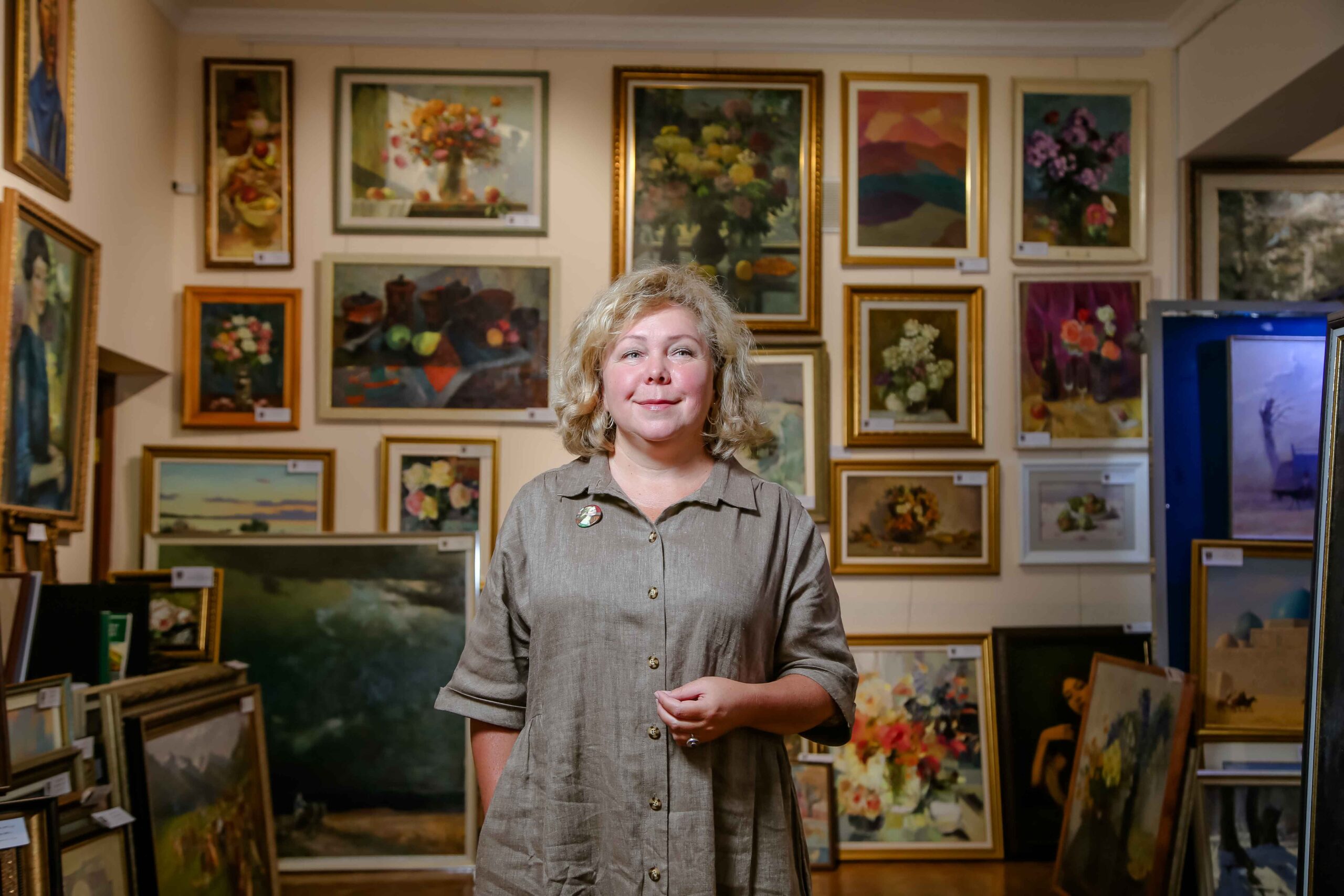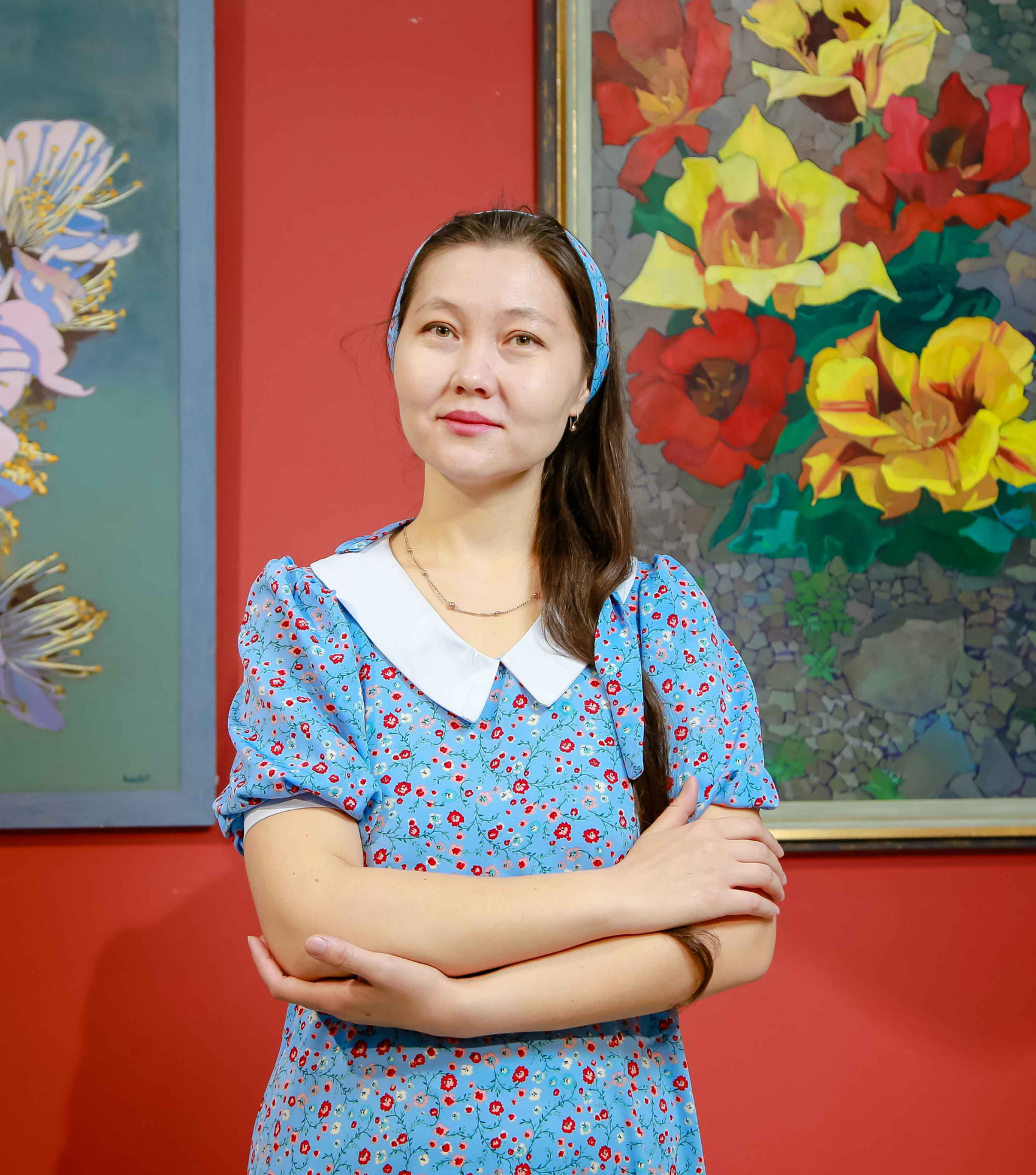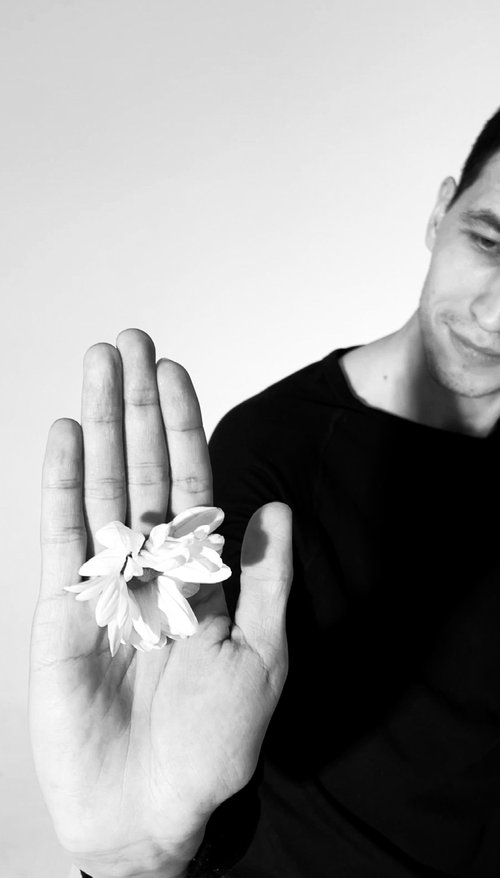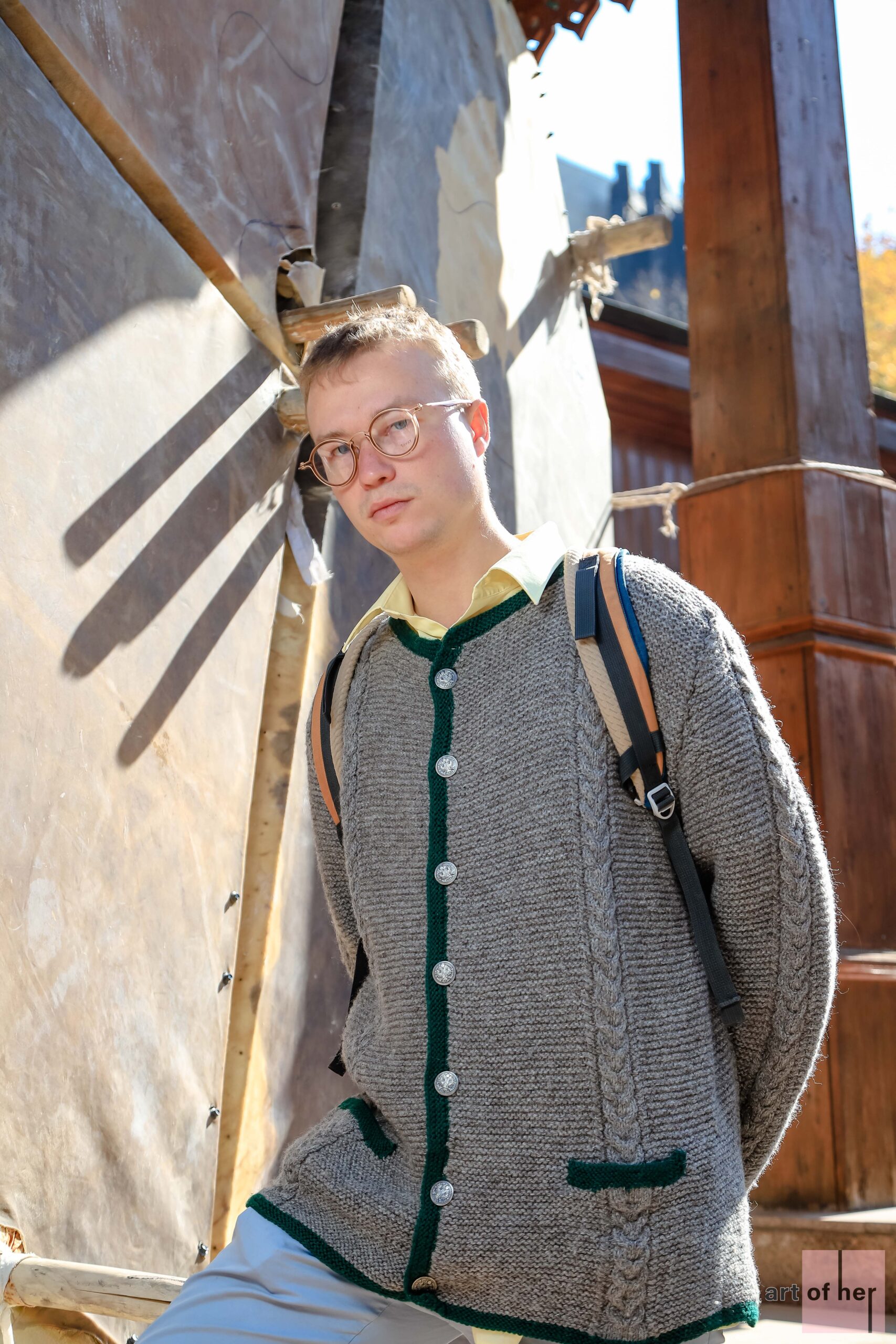Понимать произведения искусства может каждый, уверена искусствовед и преподаватель казахской национальной академии искусств имени Жургенова Ольга Батурина. Она поделилась знаниями в истории искусства и своими советами.
– Как зарождалось искусство?
– Человек перед тем, как шёл на охоту, сначала изображал животное в натуральную величину. Он как бы заранее его побеждал. Для древнего человека искусство было как ритуал победы: «я могу изобразить бизона, бизон меня – нет». Человек удивительное существо. Он не понимал почему идёт дождь, почему бывает гроза, почему идёт снег, но мог это очеловечить, анимировать. Анимировать от латинского «anima» – душа. При отсутствии науки человека спасало воображение. Поэтому искусство – это не какой-то десерт, не какое-то дополнение к человечеству, а суть всего созданного человечеством. Главное, что остаётся после человечества – это искусство. Главное, что ведёт человечество – это искусство. Есть искусствоведы, которые отделяют старое искусство. Якобы живопись устарела, перестала быть актуальной. Почему тогда в музеи приходят тысячи людей? К Джоконде, к Рембрандту. Они (прим. ред. некоторые искусствоведы) говорят: «Это радость узнавания старого». Нет, приходят к Рембрандту, потому что он каждый раз разный, потому что ТЫ каждый раз разный.
– Как отличить настоящее искусство от салонного, от ненастоящего?
– Для меня это только один индикатор: наличие сверхзадачи, спрятанного, скрытого смысла, который не на поверхности, а в глубине. Если есть сверхзадача, то это настоящее произведение искусства. Живопись и музыка всегда были проектом элитарным. Не для всех, а для заказчика: королей, аристократии, которые имели образование. Потому что живопись – это сложное искусство, как и классическая музыка. Её нельзя, ничего не зная, вдруг начать понимать, нужна привычка.
Зритель, который ориентировался в искусстве, по принципу мемезиса: если это похоже на природу, то это искусство, если это не похоже – значит это неискусство. После Матисса и Пикассо этот индикатор исчезает. Теперь зритель растерялся: как отличить? Почему «Чёрный квадрат» шедевр? Появляется целый класс экспертов, которые говорят: «вы профаны, зрители, но сейчас всё объясним». Я не согласна с этим подходом. В искусстве можно научиться разбираться, даже если не будешь читать теоретические книги. Нужно ходить в музеи, на выставки. При условии, что будете смотреть на настоящее искусство через какое-то время глаз будет чётко отличать искусство хорошее от искусства плохого. Причём в любом направлении.
«Чёрный квадрат» Малевича не то же самое, что «Возвращение блудного сына» Рембрандта. Потому что Рембрандт работает со смыслом, а Малевич работает с формой. «Чёрный квадрат» создан в 1915 году. Последняя футуристическая выставка картин «0,10». Сейчас можно приписывать мистику, потому что 1 и 0 – двоичный код, компьютерный. Малевич пишет картины, как антиживопись, как антиискусство. Вместо живописи, рукотворного и неповторимого он выставляет абсолютно простое. Потом выясняется, что не такое уж простое. Квадрат – это не такая простая форма, квадрат – это мир, четыре стороны света, Кааба. А чёрный цвет – это космос, пустота, из которой всё рождается, всё начинается. Хочу обратить внимание, что Малевич не был интеллектуалом, это Кандинский учился в университете, знал языки, половину жизни провёл в Европе. Малевич – нет, он родился в Курске. Отец – директор, управляющий сахарного завода. Он не прочёл столько много книжек, сколько Кандинский. Не был утончённой натурой, но у него было наитие. Это был настоящий художник. Настоящий художник – локатор, инструмент и поэтому он абсолютно точно создал образ наступающего XX века.
– Чем отличается салонная живопись от настоящей?
– В салонной живописи нет сверхзадачи, она чисто декоративная. А настоящая живопись бездонная, ты будешь смотреть на неё и думать. Салонный художник всегда хочет понравиться, чтобы зритель его одобрил.
Когда исчезают индикаторы искусства, остаётся один – деньги. Кто больше стоит, тот и более ценен. Это лукавый индикатор, он не точный, неправильный, необъективный. Потому что деньги не являются индикатором ценности ни искусства, ни человека. Деньги – это такой механизм, который оценивает сколько усилий ты приложил.
– В чём феномен, особенность живописи?
– Мы смотрим на физически плоский предмет – холст, который висит на стене, но видим мы воздух, свет, день, который был тогда. А в музее ты видишь человека XV века. Видишь, что и он на тебя смотрит с любопытством. Как машина времени или портал.
– Как человек воспринимает искусство?
– Любое искусство – это не всегда про наслаждение, это труд. Воспринимать искусство – не менее сложно, чем его создавать. Когда мы едем на музейную практику со студентами, они идут в музей, думая: «Сейчас мы отдохнём». Через час они выходят замученные, уставшие. Не физически: мы прошли не так много. Они уставшие, потому что на них обрушилось такое количество образов, смыслов, энергий. Они не ожидали этого. Они думали, что картины – это молчаливые плоскости, а оказалось, что с вами разговаривают все века сразу.
– Нужно ли простому зрителю анализировать картины? Есть ли какой-то алгоритм восприятия?
– Британский консул привёз нам (прим. ред. в Алматы) скульптуры абстрактного скульптора Генри Мура. У выставки был хороший куратор, она сказала: «Давайте проведём такую игру. Тут пятьдесят произведений и десять человек в группе. Каждый сейчас выбирает по произведению и сочиняет про него три слова: что я вижу, что я думаю и что я чувствую». Потом эти слова называет, и мы отгадываем». Меня поразило, эти три слова у некоторых получились как стихи. Этих трёх слов было достаточно, чтобы все узнавали какую картину, кто загадал. Это и есть самый простой алгоритм восприятия. Конечно искусствоведы назовут методы: иконографический, семантический, исторический и другие; картина как часть истории, как часть социума или как колорит, композиция, размер, формат… Это как раз обязательно специалистам, а тебе самому достаточно ответить на три вопроса.
Искусство – это возможность прожить то, чего тебе не хватает в реальной жизни, но только если ты знаешь туда вход. Кино – это искусство для всех и про всех, зрелище, аттракцион. А чтобы стала интересна живопись нужен проводник. Если ты идёшь с проводником, ты будешь вдумываться, вглядываться, услышишь и увидишь гораздо больше. Это как китайский язык, пока ты не понимаешь его, ты не можешь сказать красивый он или нет.
– Как искусство влияет на другие сферы общества? Какую задачу выполняет?
– Мы живём в самое счастливое время для человечества, потому что у человека никогда не было такого изобилия еды, ресурсов и возможностей. При этом мы не замечаем всего этого. Мы разучились удивляться, восхищаться. Я с ужасом думаю, что у нас до сих пор есть войны и неприятия, когда целая группа людей говорит: «Я согласен принять соседа, если он станет точно таким же как я». Политики всегда что-то делят, а люди культуры сшивают, сохраняют, спасают этот мир.
Камиля Садыкова, специально для «Art of Her»







